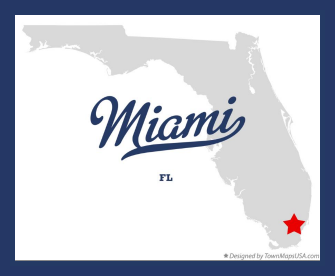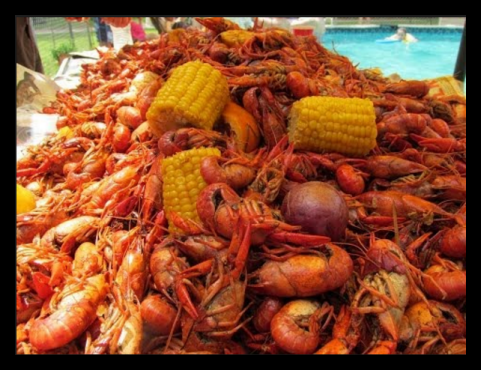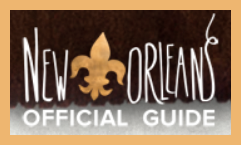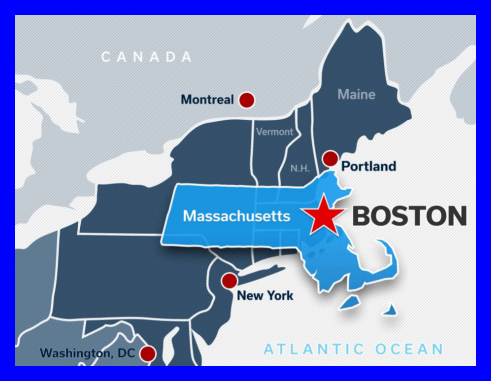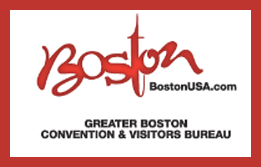CULTURAL DIVERSITY IN THE U.S.
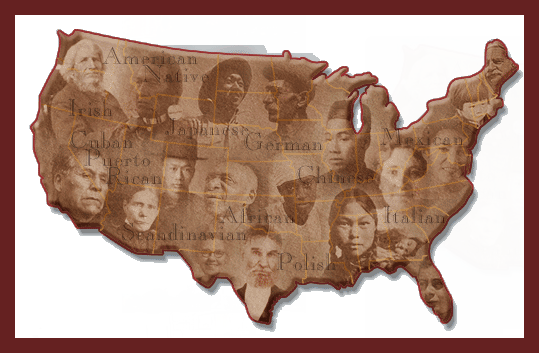
Unit Overview
In this unit, we will learn that the Western Hemisphere is culturally diverse due to American Indian, European, Asian and African influences and interactions, as evidenced by artistic expression, language, religion and food.
Culture
Culture describes the learned behavior of a selected group, including their belief systems and languages, their social relationships, their institutions and organizations, and their material goods such as food, clothing, buildings, tools and machines. Cultural diversity in the Western Hemisphere is the result of the contributions and interactions among American Indian, European, Asian and African people.
Moving to America: Then and Now
Explore U.S. immigration through the correspondence of young Mai and her grandfather halfway around the world. As he answers Mai's questions and eases her fear of the unknown, you will hear stories of hardships endured by the immigrants, the rewards they gained, and how many waves of immigration have made America a huge cultural melting pot.
Ellis Island
The video explores Ellis Island and describes the process and experience of immigrants passing through customs on Ellis Island. The segment also shows historical photos of immigrants on Ellis Island.
Melting Pot vs. Salad Bowl
The exact term "melting pot" came into general usage in the United States after it was used as a metaphor describing a fusion of nationalities, cultures and ethnicities in the 1908 film Melting Pot. In a "melting pot" cultures assimilate. Cultural assimilation is the process by which a person or a group's language and/or culture come to resemble those of another group. Cultural assimilation may involve either a quick or gradual change depending on circumstances of the group. Full assimilation occurs when new members of a society become indistinguishable from members of the other group.
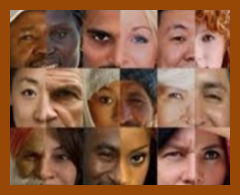
The desirability of assimilation and the melting pot model has been reconsidered by proponents of multiculturalism, who have suggested alternative metaphors to describe the current American society, such as a mosaic, salad bowl, or kaleidoscope, in which different cultures mix but remain distinct in some aspects. Multiculturalism is the existence of multiple cultural traditions within a single country, usually considered in terms of the culture associated with an original ethnic group and foreigner ethnic groups. Multiculturalism promotes maintaining the distinctiveness of multiple cultures. Multiculturalism is seen by its supporters as a fairer system that allows people to truly express who they are within a society, that is more tolerant and that adapts better to social issues.
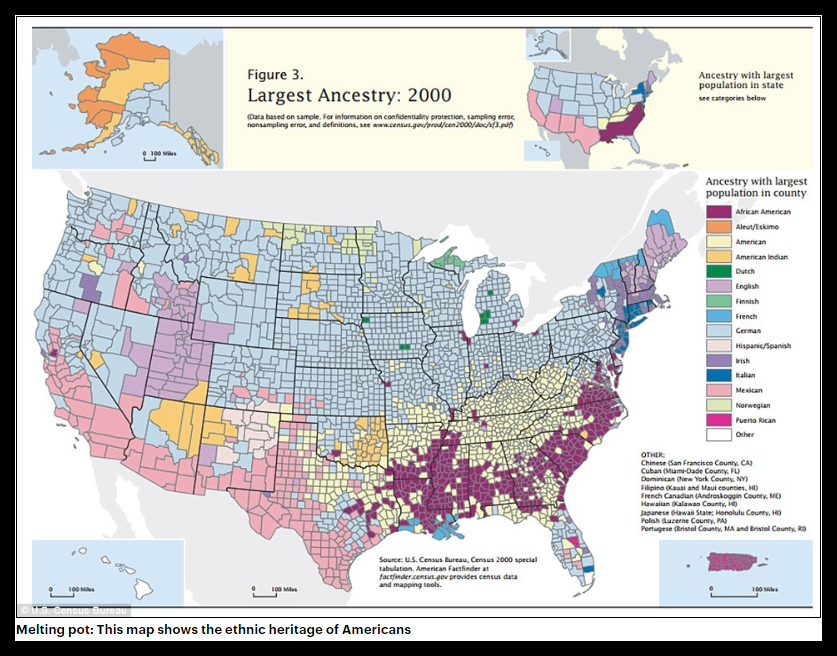
Look around and you will see many different people speaking different languages, eating different foods, wearing different clothes. This is America, a country of many different peoples, but where did they come from? When did they come to America? And how did they get here? The answers to these questions await you in this engaging look at the history of immigration to America.
Multiculturalism in the U.S.
The culture and history of North America’s multi-cultural population comes to vibrant life as this program portrays us in all our intriguing diversity. The heritage and customs of Native American tribes are explored, along with the immigration history of such groups as Asians, Africans, and people of Hispanic and European ancestry. You will be introduced to unique cuisines and cultures brought to North America from around the world and learn that some groups reside in ethnic neighborhoods where a common national background and the old traditions are honored and preserved.
Miami, Florida
The second largest city in Florida, Miami is known for its rich heritage and many cultural influences. It is nicknamed the “Capital of Latin America” because of its high population of Spanish-speakers — Miami is the second largest U.S. city with a Spanish-speaking population. Since Fidel Castro came to power in Cuba at the end of the 1950s, successive waves of Cuban immigrants have dramatically changed the ethnic composition of the city, which is now over 50 percent Hispanic. Miami today is a colorful, cosmopolitan city, reveling in its ethnic diversity.
The area west of the downtown area of Miami is known as Little Havana/La pequeña Habana or Calle Ocho. It was established with over 500,000 Cuban-Americans during the 1960s and is named after the capital and largest city of Cuba. The neighborhood is home to several well-known festivals, including the Calle Ocho Festival, Cultural Fridays/Viernes Culturales and the Three Kings Parade. In Little Havana you will find a colorful street life, full of local businesses (many mom and pop shops) and restaurants with some of the most incredible and authentic Cuban food as well as museums and theaters. Cubans are known for their warmth and passion, especially for politics, and this neighborhood is a great place to visit to experience Cuban and Cuban-American culture.
New Orleans, Louisiana
Even though steamboats and sailing ships quickly connected French Louisiana to the rest of the country, New Orleans jealously guarded its own way of life. Creole cuisine, jazz and other forms of local music, Mardi Gras — all these famous attributes of the city give New Orleans a powerful sense of identity. One of the most historical and well known areas in the city is the French Quarter. Despite the name the "French Quarter" most of the buildings and houses are built from Spanish descent. Some characteristics include wrought iron fences, railings, and detailed columns. Greater New Orleans is home to numerous annual celebrations, including Mardi Gras, New Year's Eve celebrations, and the New Orleans Jazz & Heritage Festival. New Orleans' most famous celebration is its Carnival Season. The Carnival Season is often known by the name of the last and biggest day, Mardi Gras (literally, "Fat Tuesday"), held just before the beginning of the Catholic season of Lent. A Mardi Gras parade is a big celebration that incudes a procession of people and floats. Think of it as a street party! People in the floats will throw things such as beads, cups, and doubloons (fake gold coins) down to the crowd. The floats are usually themed; the people on the floats wear funny costumes and are usually masked. The original setters were from France and Spain and practiced Catholicism. New Orleans has always been a significant center for music with its combined European, Latin American, and African-American cultures. It was the site of the first opera house in the United States. Jazz was created in New Orleans. It is the birthplace of famous Jazz musicians, such as Louis Armstrong. Armstrong is considered one of the most important musicians in jazz for his contributions as a trumpet player, composer, and singer. Jazz Fest, the music and heritage festival, is held in late April and early May. It is six days of good food, music, and friends. Cajun music is also an important part of the French history. When people come to New Orleans one thing they really look forward to is the food. They are famous for their Creole (Caribbean) and Cajun dishes. One food tradition is to hold Crawfish Boils. This is a very popular summertime activity.
Click on the image below to learn more!
Boston, Massachusetts
Boston’s culture was characterized for a long time by its Anglo-Saxon roots, but since waves of Irish immigrants found a home in Boston during the 19th and 20th centuries, Boston has been much more associated with Irish Catholic culture.
Those interested in sports will appreciate Boston’s five major professional sports teams—the Red Sox (baseball), New England Patriots (football), Celtics (basketball), Bruins (hockey) and New England Revolution (soccer). Year after year, Boston is voted among the country’s best sports towns. Live music is another area where Boston culture stands apart from other cities. Boston is also home to a wide array of music - from bands like Aerosmith to the world-renowned Boston Symphony Orchestra. There are literally hundreds of venues around town where you can see and hear every kind of live band you could imagine. From bigger arenas such as the TD Garden, where acts like U2, the Rolling Stones and Madonna have performed, to smaller dives where you can hear up-and-coming bands, Boston is a music-lovers paradise.
Many consider Boston a highly cultured city, perhaps as a result of its intellectual reputation. Boston has sometimes been called “the Athens of America,” a reference to the city’s more than 100 colleges and universities. Students make up a large and vibrant portion of the population here during the school year.
Cuisine in Boston is similar to the rest of New England cuisine, in that it has a large emphasis on seafood and dairy products.Its best-known dishes are New England clam chowder, fish and chips (usually with cod or scrod), baked beans, lobsters, steamed clams, and fried clams. Boston's Chinatown has a variety of Asian restaurants, bakeries, grocery stores, and medicinal herb and spice vendors. There are also Vietnamese, Japanese, Korean and Thai restaurants in the neighborhood. The North End has a variety of Italian restaurants, pizzerias, and bakeries and is well known as Boston's "Little Italy."
African American Culture in Boston is very colorful. Blue Hill Avenue runs through Mattapan, Dorchester, and Roxbury. The three neighborhoods have a large community of African American people. The Avenue is home to many hair and nail salons, as well as Chinese, Caribbean, and soul food restaurants.
Click on the image below to learn more!
Navajo Nation
In the mid-19th century, the Navajo were forced from their lands by the US Army following defeat, and marched on the Long Walk to imprisonment in Bosque Redondo. After they were allowed to return, the "Navajo Indian Reservation" was established according to the Treaty of 1868 with the United States.
The Navajo Nation extends into the states of Utah, Arizona and New Mexico, covering over 27,000 square miles. This is the largest land area retained by a U.S. tribe. Visitors from around the world are intrigued and mystified when they hear the Navajo language. During World War II, unknown to many, the Navajo language was used to create a secret code to battle the Japanese. Navajo men were selected to create codes and serve on the front line to overcome and deceive those on the other side of the battlefield. Today, these men are recognized as the famous Navajo Code Talkers, who exemplify the unequaled bravery and patriotism of the Navajo people. Historians credit the Navajo Code Talkers for helping to win World War II.
The Navajo Nation has an elected government. The Navajo Nation government reorganized in 1991 to form a three-branch system (executive, legislative and judicial). The Navajos conduct what is considered to be the most sophisticated form of Indian government. While the Council is in session, you will likely hear delegates carry on the tradition of speaking in Navajo, providing a perfect example of how the Navajo Nation retains its valuable cultural heritage while forging ahead with modern progress.
Click on the image below to learn more!
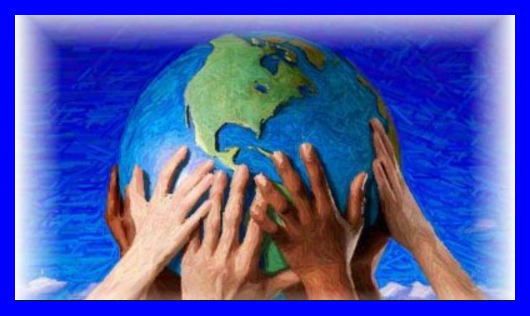
America does not belong to one race or group . . . Americans have been constantly redefining their national identity from the moment of first contact on the Virginia shore.
-- Ronald Takaki, A Different Mirror
